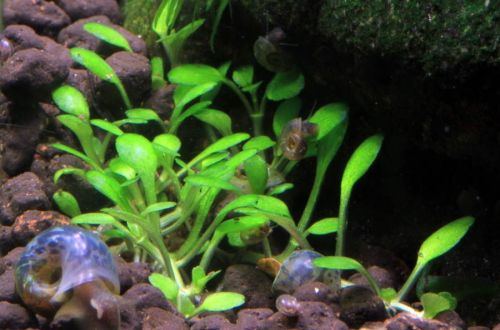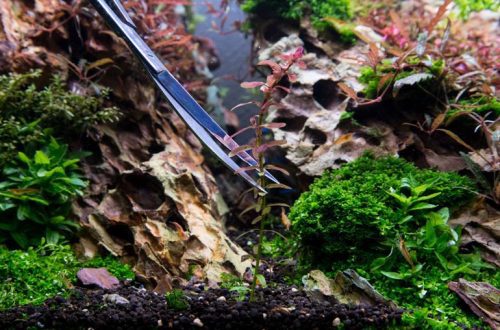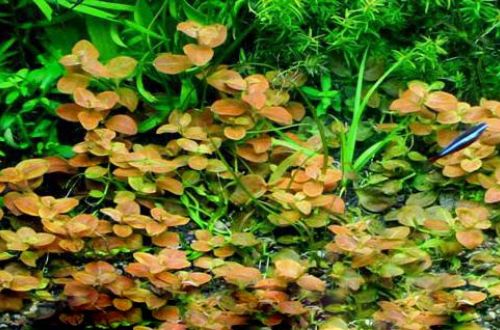
moss ricardia
Moss ricardia, the scientific name of the genus Riccardia spp. In nature, it is found in tropical latitudes, as well as in some regions of Europe in the temperate climate zone. It grows in damp places along the banks of reservoirs and in shallow water, fixing itself on the surface of stones, rocks, snags, etc.
According to various estimates, there are more than 400 species. However, a number of scientists are inclined to a lower figure (about 100), pointing to the fact that the same species has its own name in various sources. For the average aquarist, the variety of species is probably not significant, since most of them look almost identical and need similar conditions, so they are conceived under the collective name Moss ricardia.
One of the few independent species common in the aquarium trade is Riccardia graffei (Riccardia graeffei). However, it is often mistakenly supplied under the name Riccardia chamedryfolia (Riccardia chamedryfolia), which in turn is not cultivated as an aquarium plant.
In English-speaking countries, it is known as Coral moss (Coral moss), due to its structure. Each fragment resembles some sea corals in its branching structure.
In aquariums, it should not be placed on the ground. It is placed exclusively on any hard surface, such as stones and driftwood, as it happens in nature. At first, the moss is fixed with fishing line or similar material. As it grows, it will begin to hold on to itself.
In favorable conditions it forms dense clumps. Regular pruning will achieve vigorous horizontal growth, thus it can cover a large area. It is considered unpretentious and hardy plant. Perfectly adapts to almost any (but at the same time nutritious!) Environment. However, there are certain limitations: in low light, the cluster becomes more “loose”, and at temperatures above 28 ° C it begins to fade.





